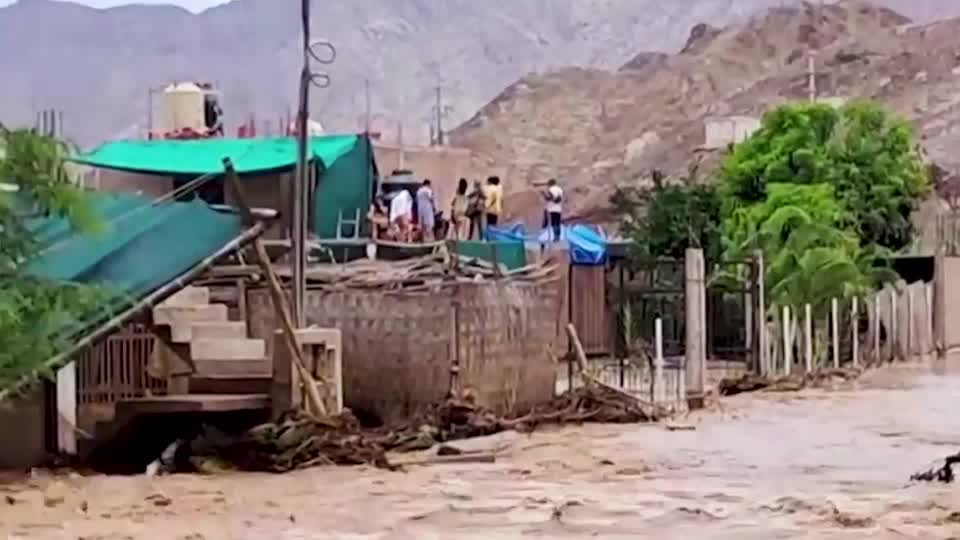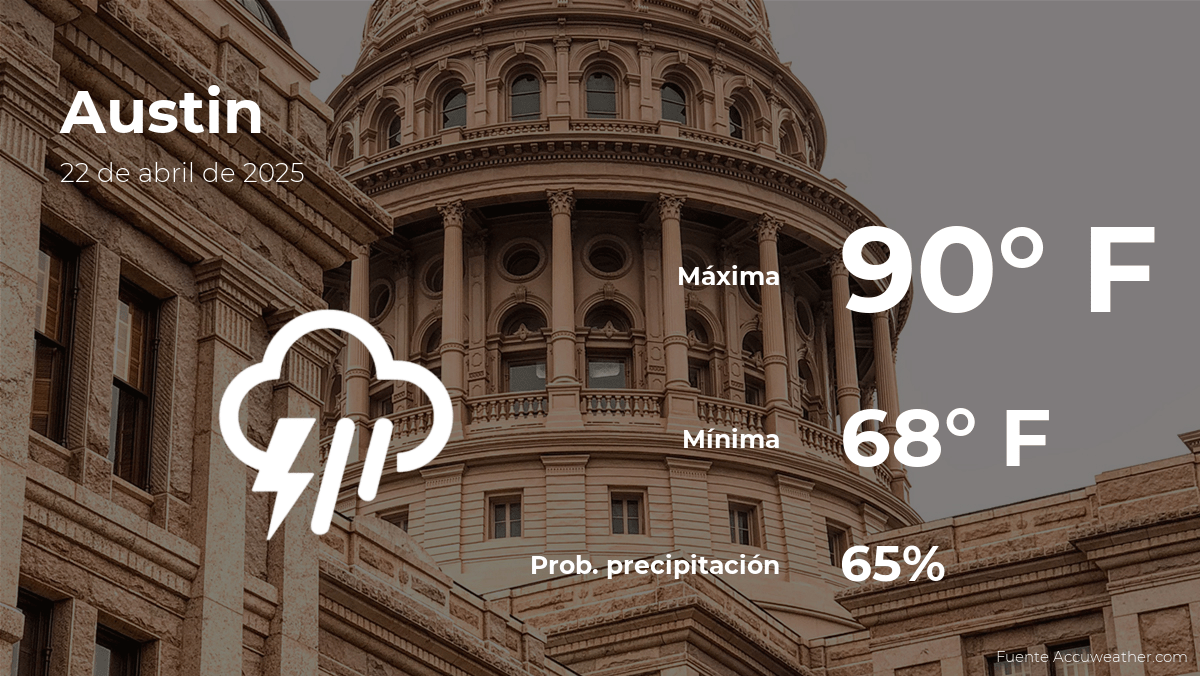Peru Faces 60-Day Emergency as Torrential Rains Impact Over 150 Districts
In a dramatic turn of events, Peru is grappling with a 60-day state of emergency as torrential rains have wreaked havoc across more than 150 districts. This unprecedented weather phenomenon has raised alarms among government officials and citizens alike, prompting a swift mobilization of resources to address flooding and ensure public safety. The impact of these heavy rains is far-reaching, affecting infrastructure, agriculture, and the overall well-being of communities.
The Cause of the Crisis
The recent torrential rains are attributed to various climatic factors, including the influence of La Niña, which has been known to cause extreme weather patterns in the region. This natural climate variability has resulted in heavy rainfall in several areas, leading to flooding and landslides. Peru, with its diverse geography ranging from coastal plains to high-altitude Andes mountains, is particularly vulnerable to such events, which can have devastating consequences.
The Scope of the Emergency
The state of emergency declared by the Peruvian government encompasses over 150 districts across several regions, including Piura, Lambayeque, and Cajamarca. The heavy rains have not only led to rising water levels in rivers but have also caused significant landslides, isolating communities and damaging vital infrastructure. Homes, schools, and roads have been severely affected, leaving many without access to basic services.
- Infrastructure Damage: Roads and bridges have been washed away, complicating rescue and relief efforts.
- Displacement: Thousands of families have been displaced due to flooding, forcing them to seek shelter in temporary accommodations.
- Agricultural Impact: The agricultural sector has suffered immensely, with crops destroyed and livestock lost, threatening food security.
Government Response and Relief Efforts
In response to this crisis, the Peruvian government has activated emergency protocols to provide immediate assistance to affected regions. The Ministry of Defense has deployed military units to assist in rescue operations and provide humanitarian aid. Additionally, local authorities are working tirelessly to clear debris and restore access to affected areas.
Some key actions taken by the government include:
- Mobilization of Resources: Emergency funds have been allocated to support relief efforts, including food distribution and medical assistance.
- Deployment of Emergency Services: Firefighters and civil defense teams are on the ground to conduct search and rescue operations.
- Coordination with NGOs: Non-governmental organizations are collaborating with the government to provide support and resources to those in need.
Community Resilience and Solidarity
Despite the challenges posed by the heavy rains, the spirit of community resilience and solidarity has shone through. Local residents have banded together to support one another, sharing resources and providing assistance to those most affected. Neighborhoods are coming together to organize relief efforts, collecting food, clothing, and other essential items for displaced families.
The resilience of communities in the face of adversity is a testament to the strength of the human spirit. Grassroots organizations and volunteers have played a crucial role in mobilizing support, demonstrating that even in the darkest of times, hope and compassion can prevail.
Long-Term Considerations: Preparing for Future Events
While the immediate focus is on addressing the current emergency, it is essential to consider long-term strategies to mitigate the impact of similar events in the future. Climate change is expected to exacerbate weather patterns, leading to more frequent and intense rainfall events. As such, the Peruvian government, alongside environmental experts, must prioritize:
- Infrastructure Development: Investing in resilient infrastructure that can withstand extreme weather, including improved drainage systems and flood barriers.
- Community Education: Implementing educational programs that inform communities about disaster preparedness and response.
- Environmental Protection: Promoting sustainable land use practices to reduce the risk of landslides and flooding.
International Support and Solidarity
As Peru faces this natural disaster, the international community has also expressed solidarity. Various countries and organizations have offered support, whether through financial aid, supplies, or expertise. This global response highlights the interconnectedness of nations when it comes to addressing the impacts of climate-related disasters.
International organizations, including the United Nations, have been closely monitoring the situation, ready to provide assistance as needed. This collaborative effort underscores the importance of unity in the face of challenges that transcend borders.
Looking Ahead: Hope Amidst Adversity
As Peru navigates through this difficult period, the resilience of its people and the commitment of its government offer a glimmer of hope. The heavy rains may have caused significant disruption, but they have also sparked a renewed sense of community and collaboration. Individuals and organizations are stepping up to ensure that those affected receive the support they need.
In conclusion, while the 60-day state of emergency poses numerous challenges, it also serves as a call to action for greater preparedness and resilience in the face of climate change. By learning from this experience and implementing proactive measures, Peru can work towards a safer and more secure future for all its citizens.
See more Your Daily Weather



